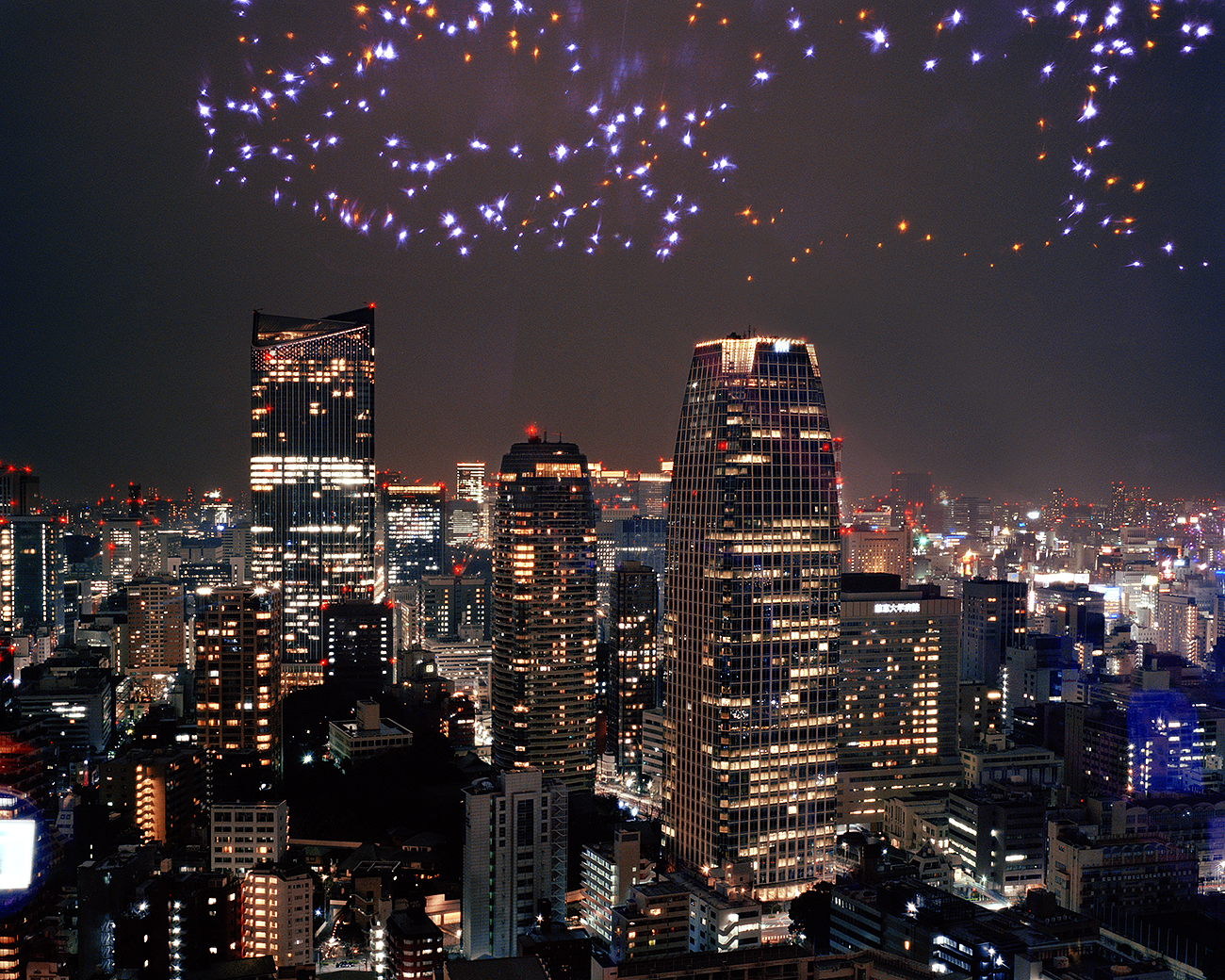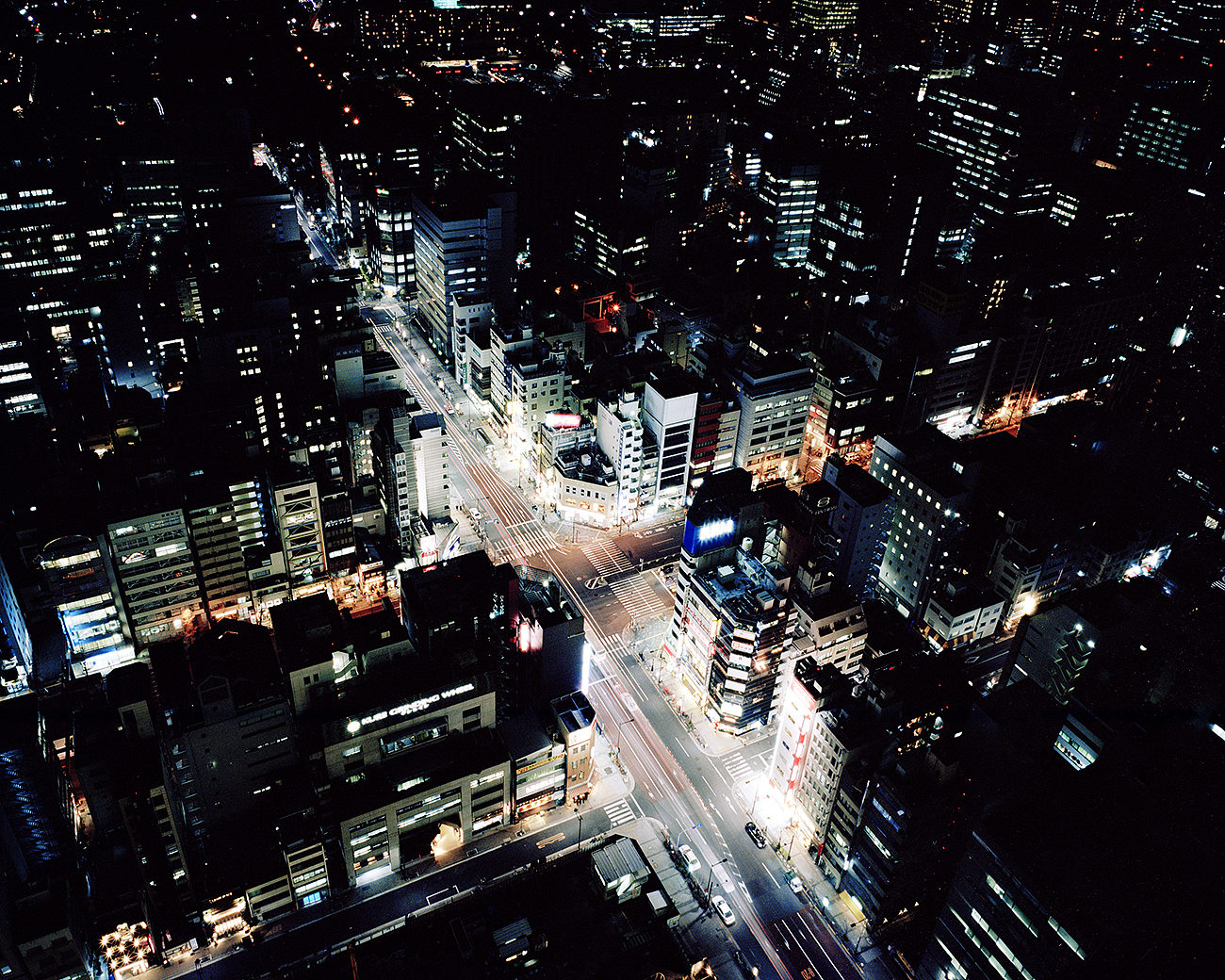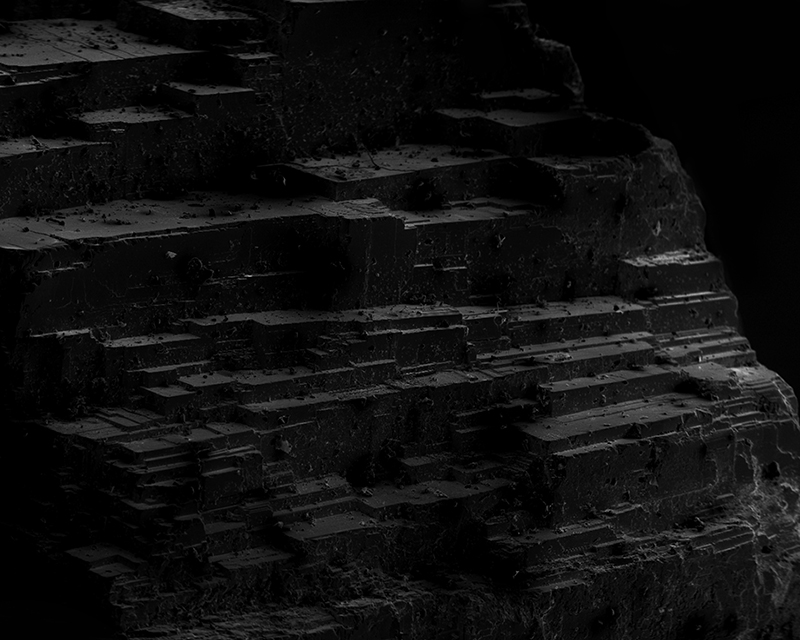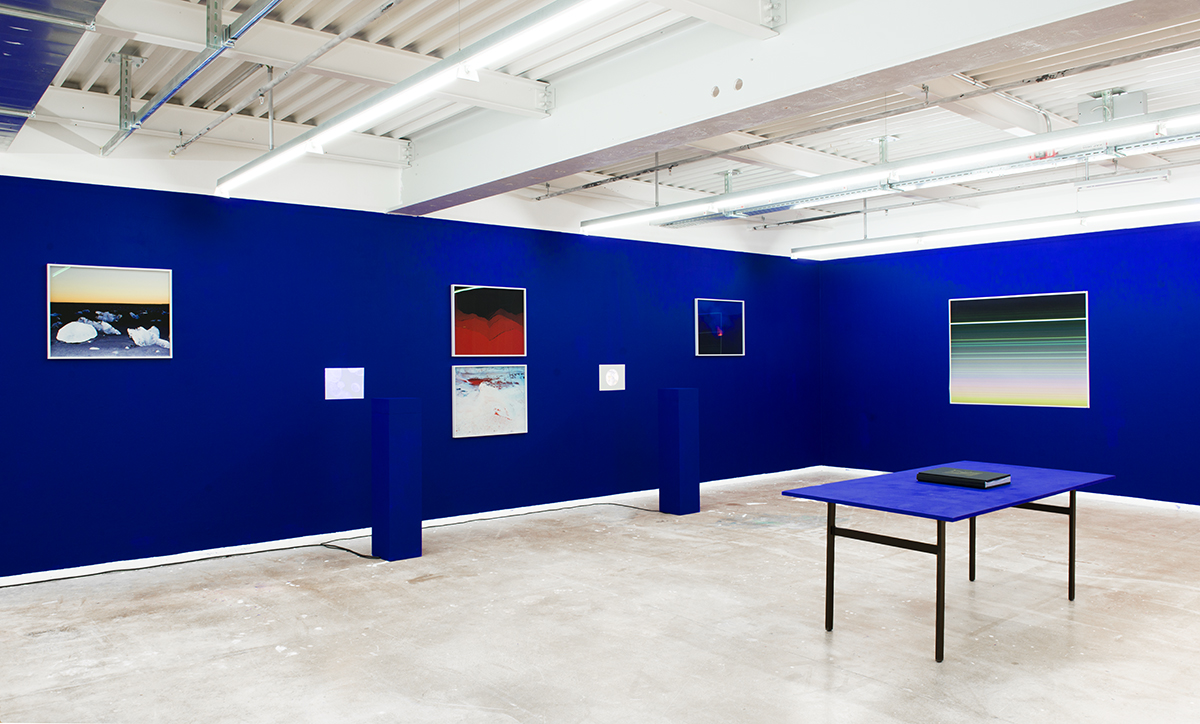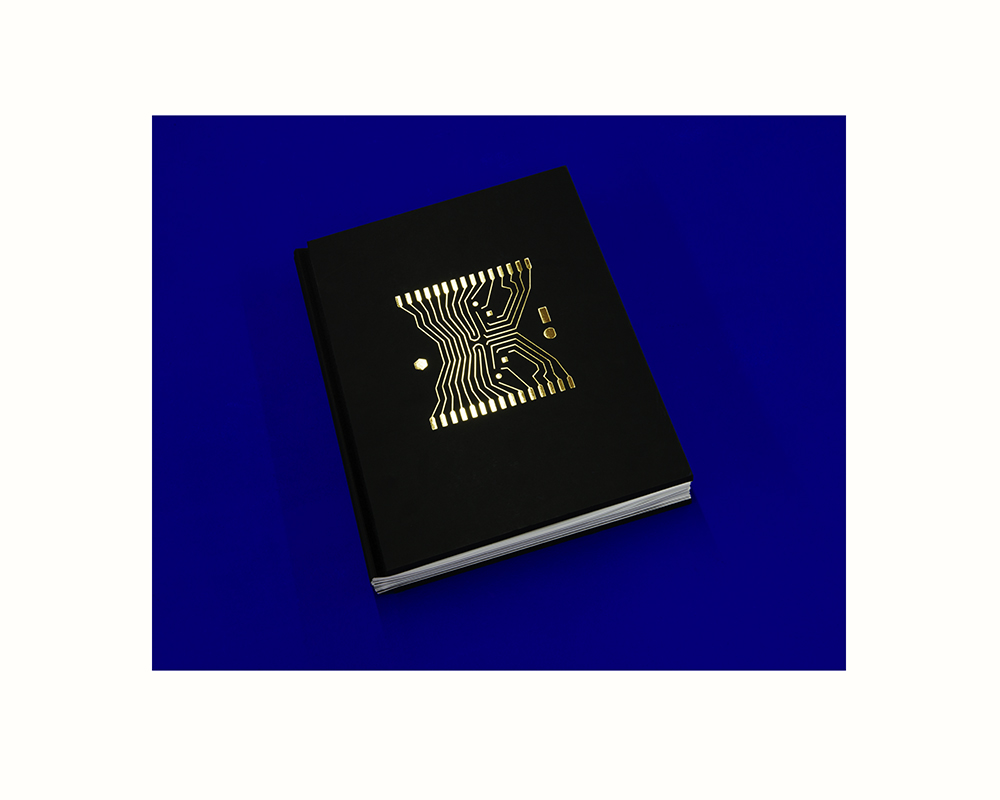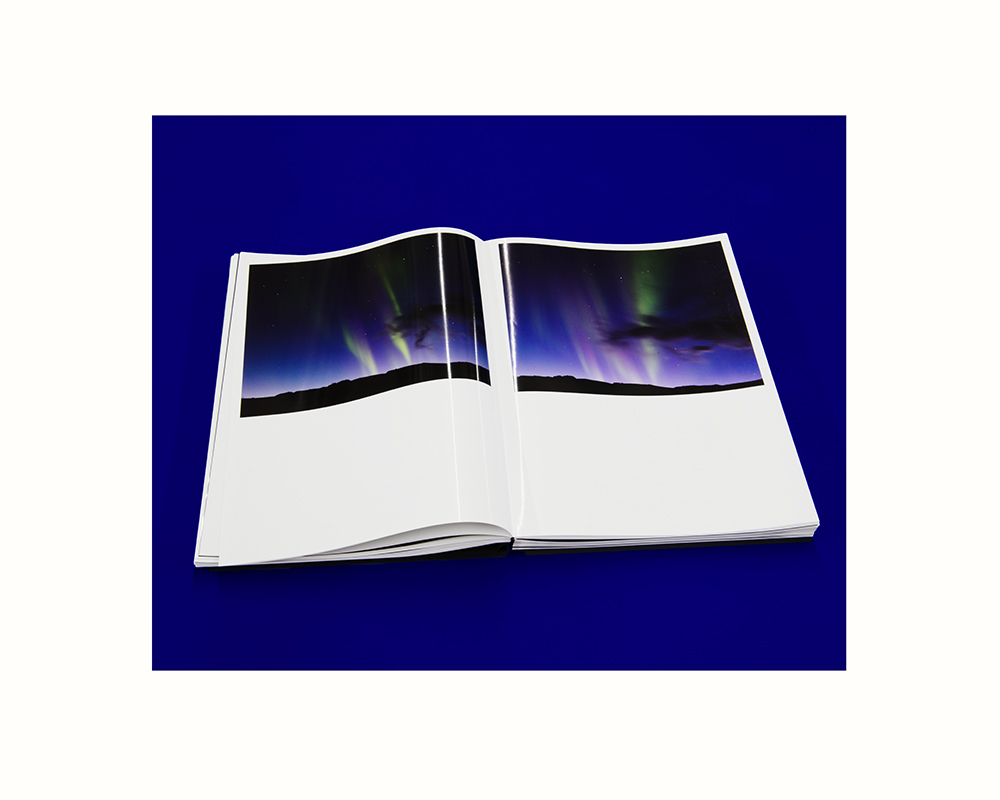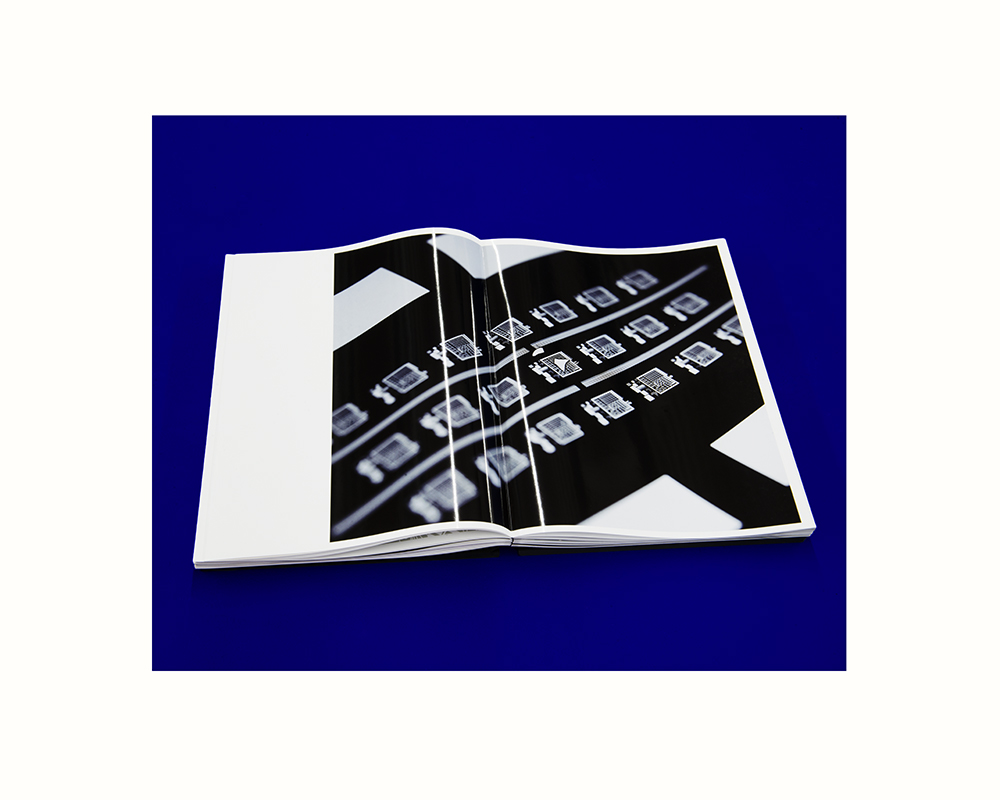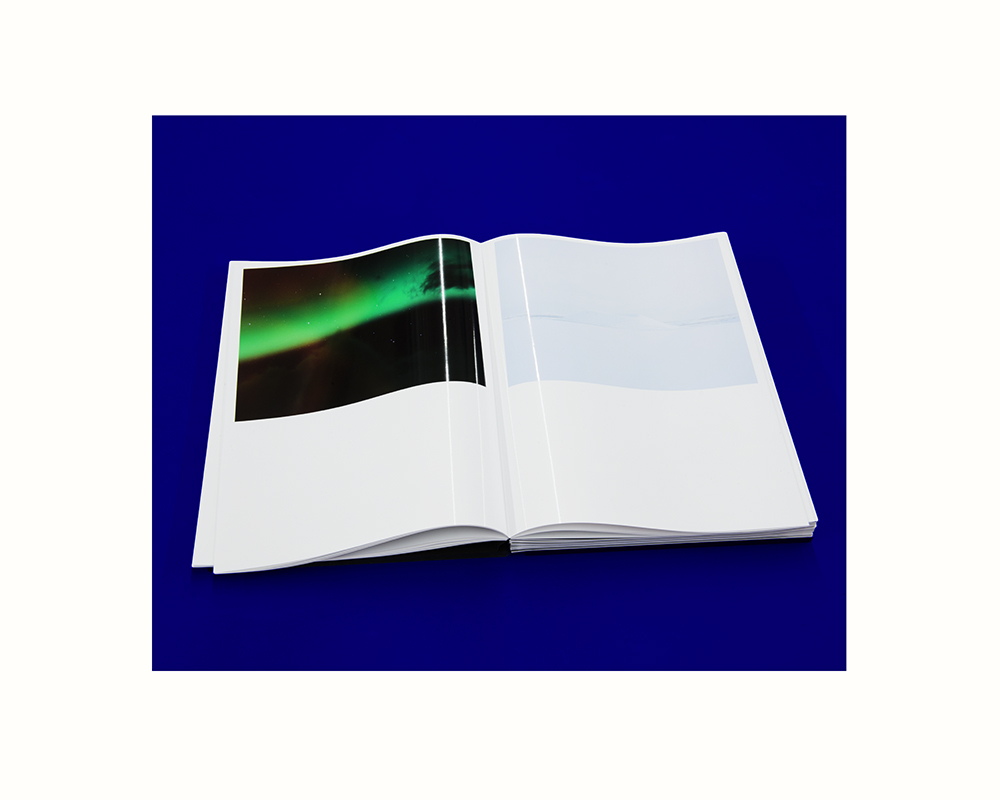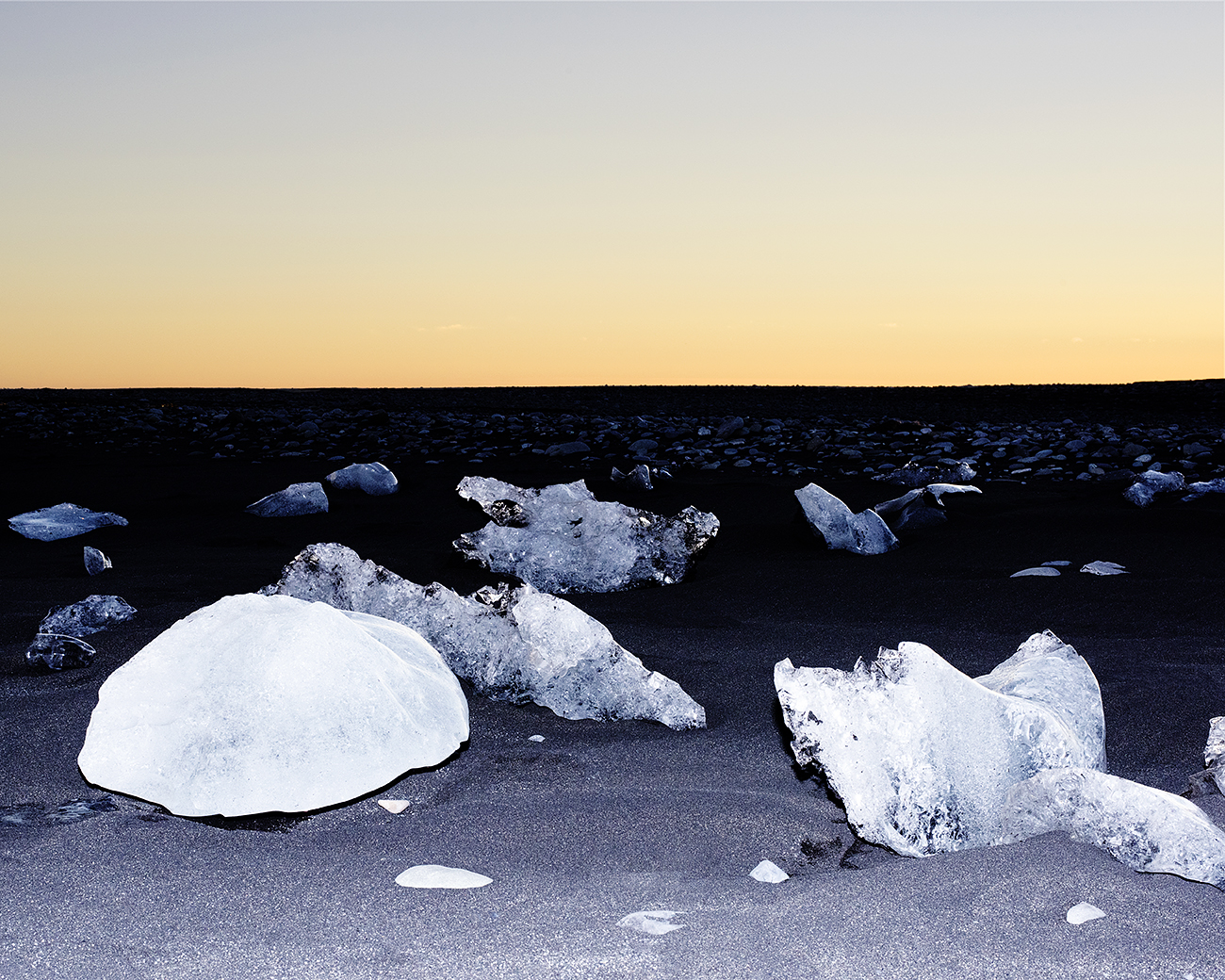
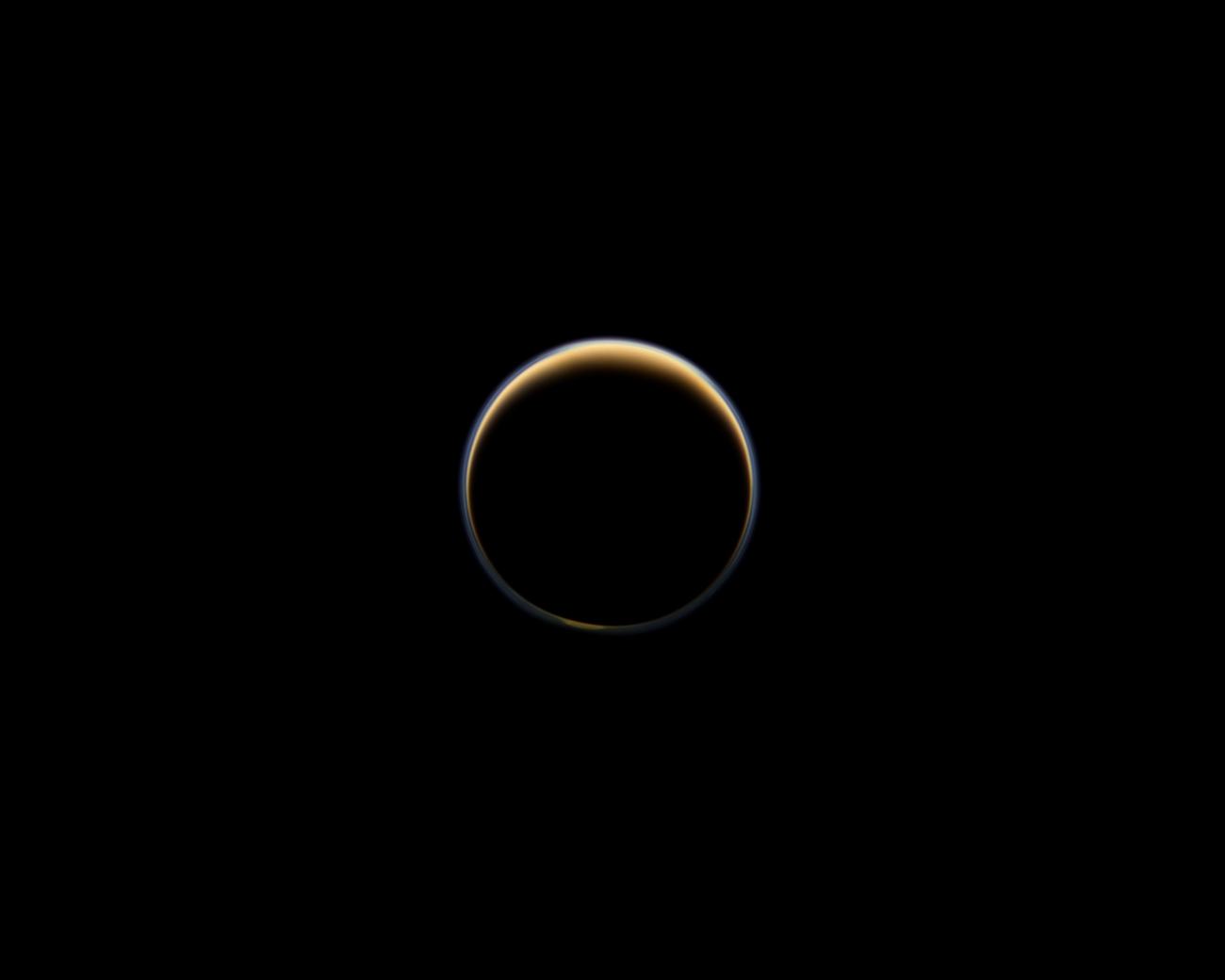
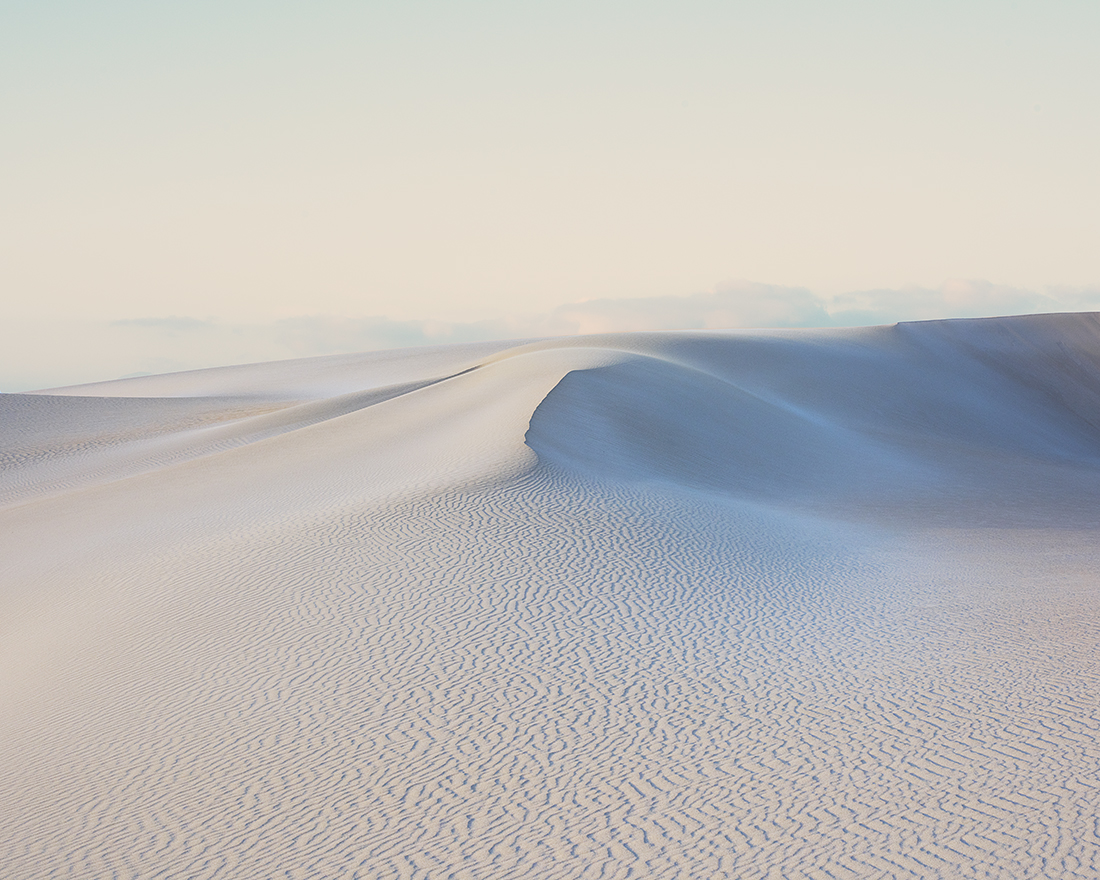
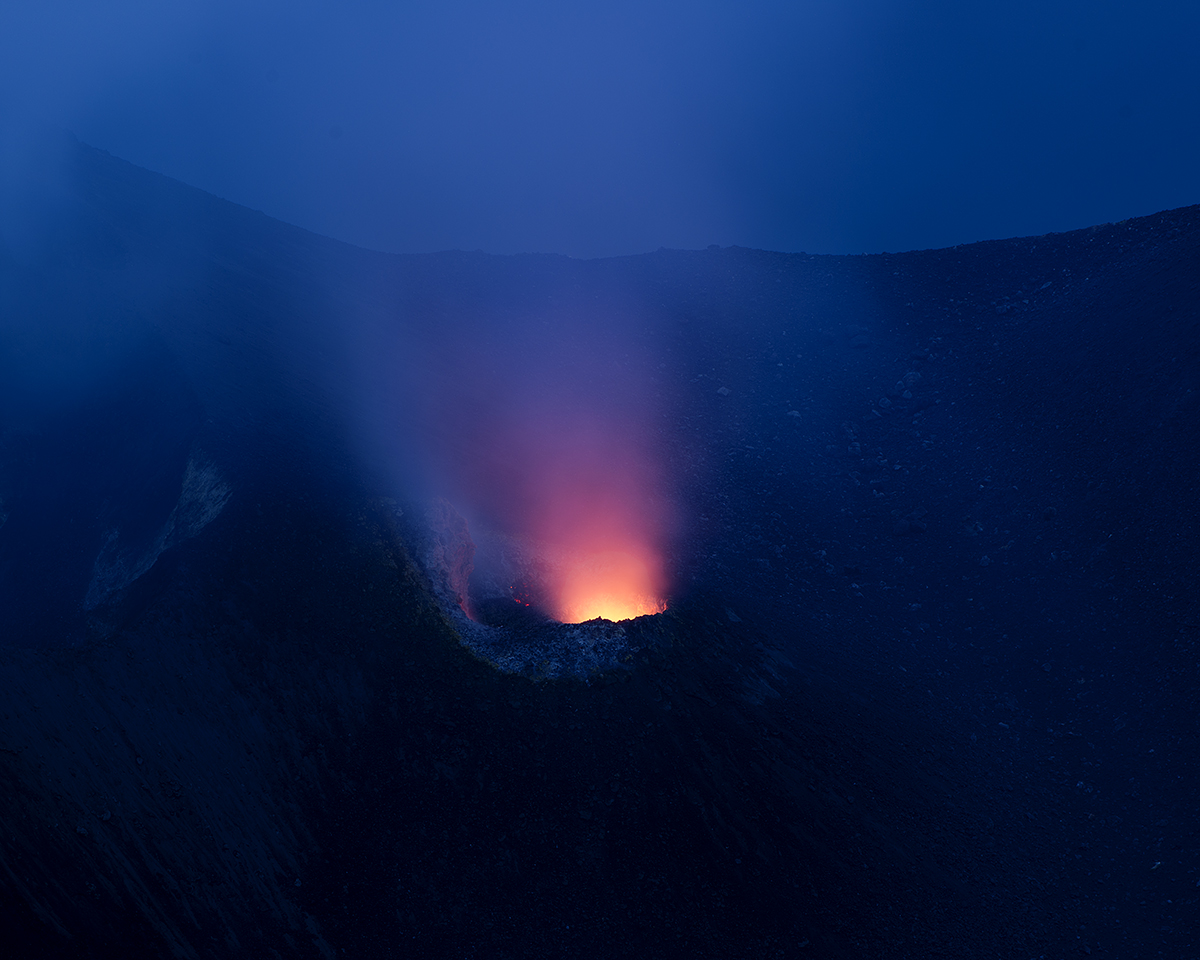
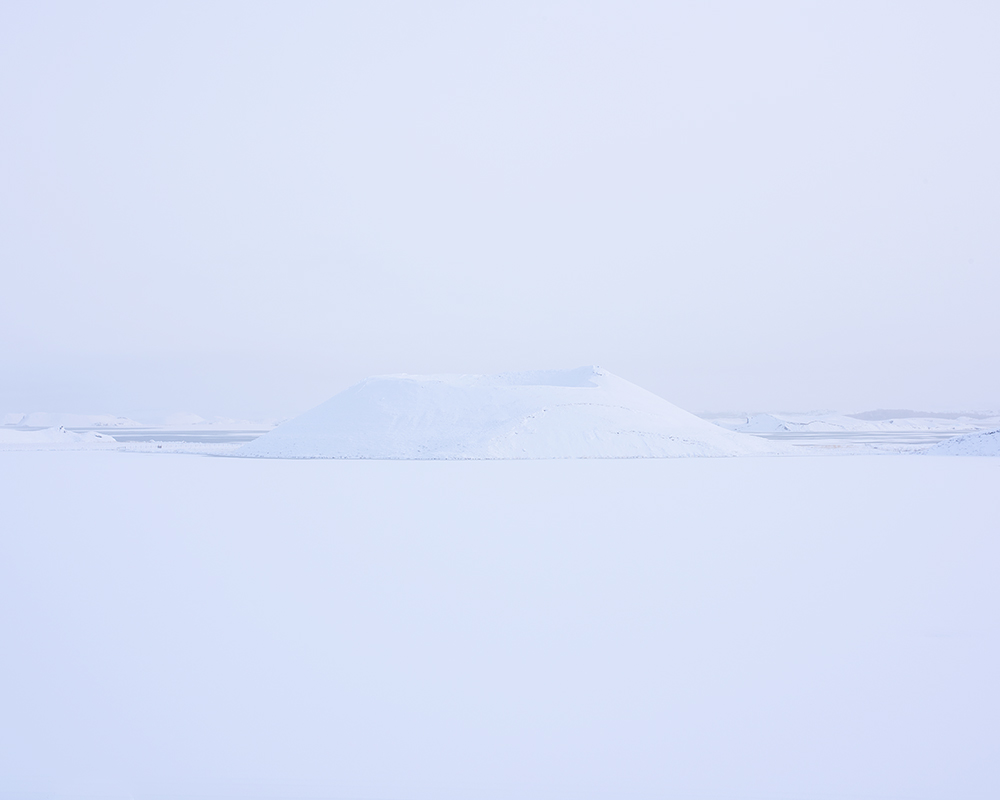
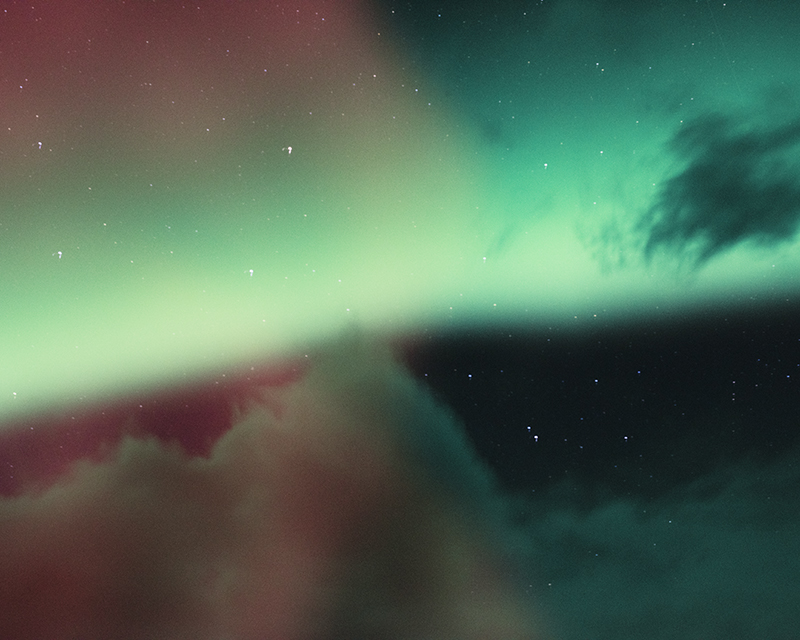
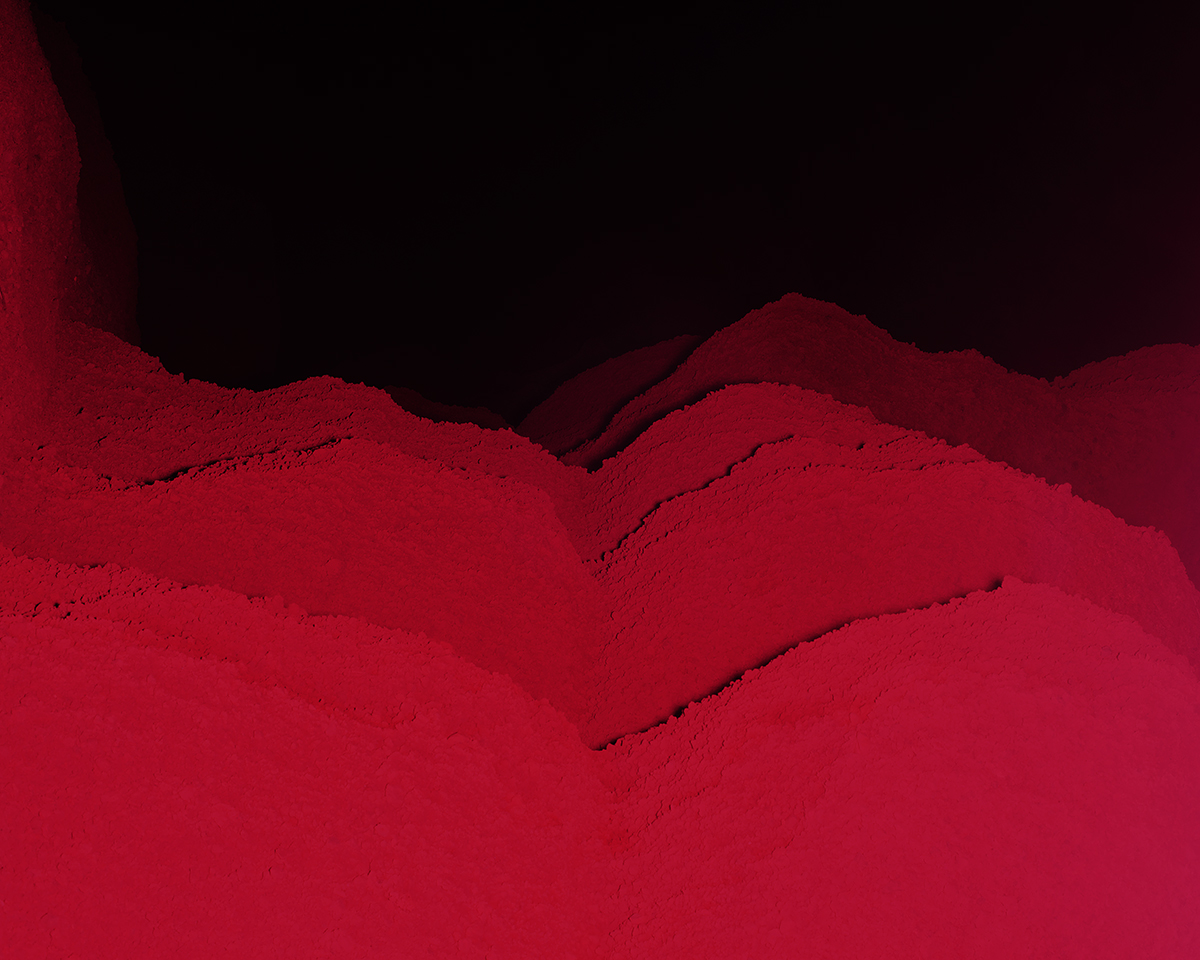
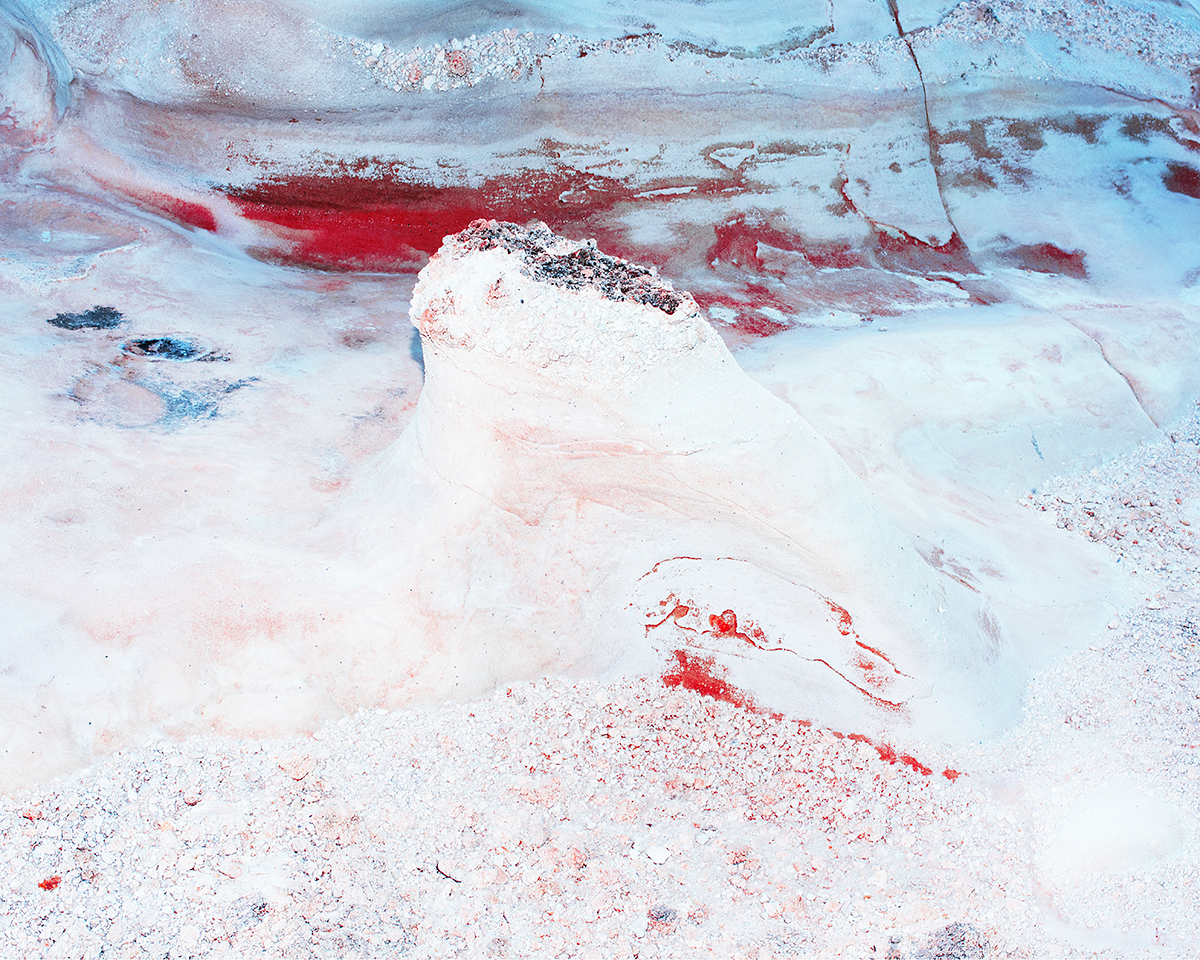
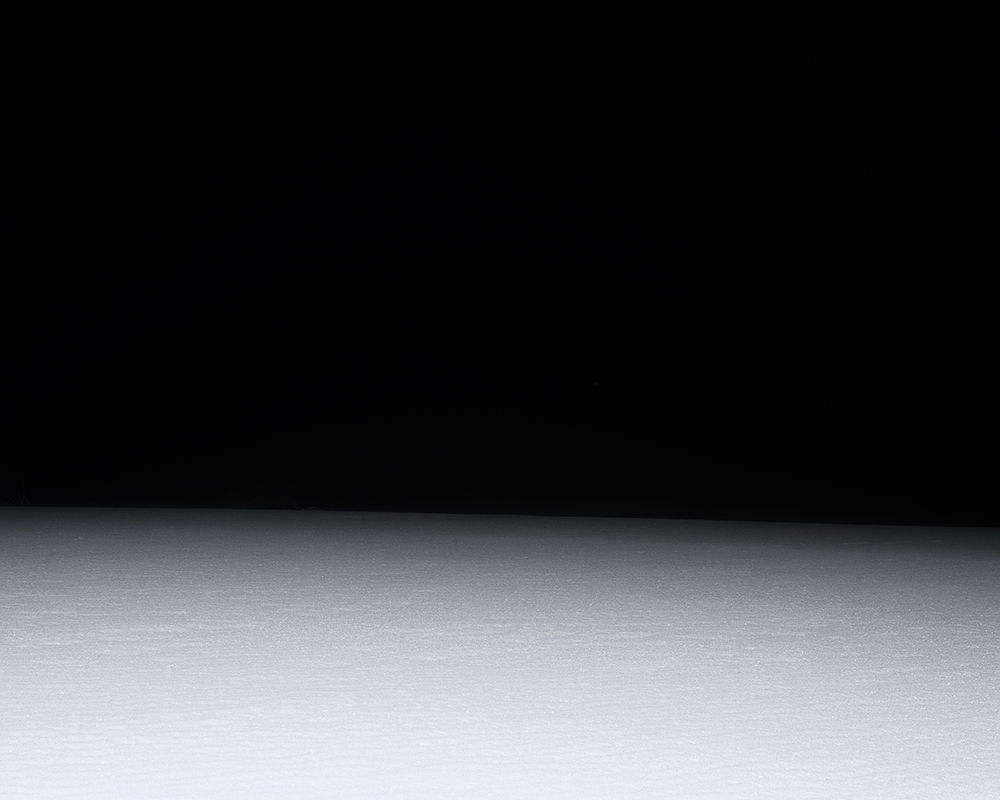
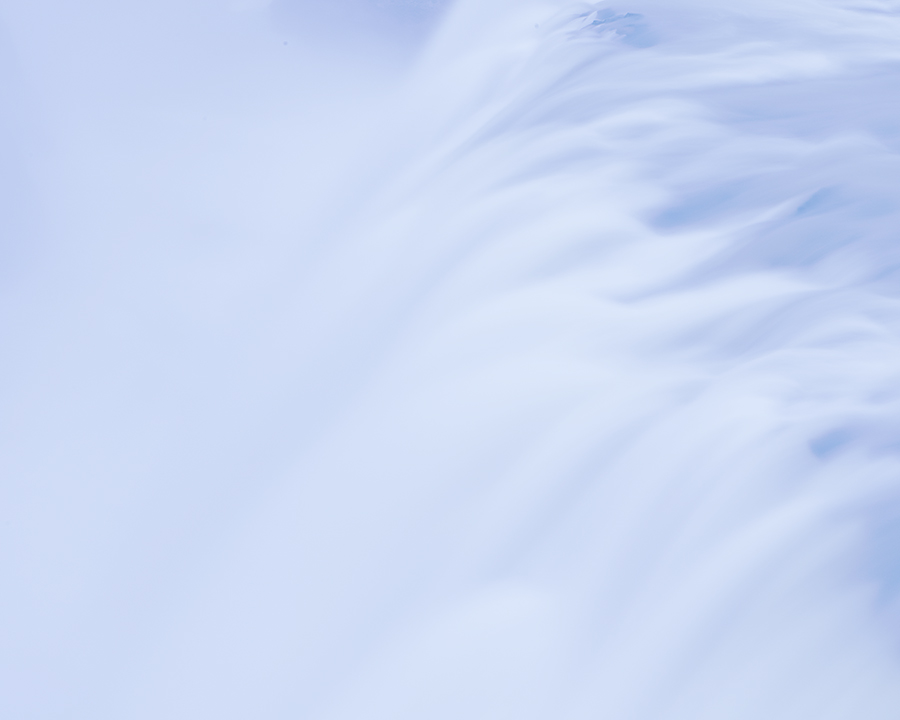

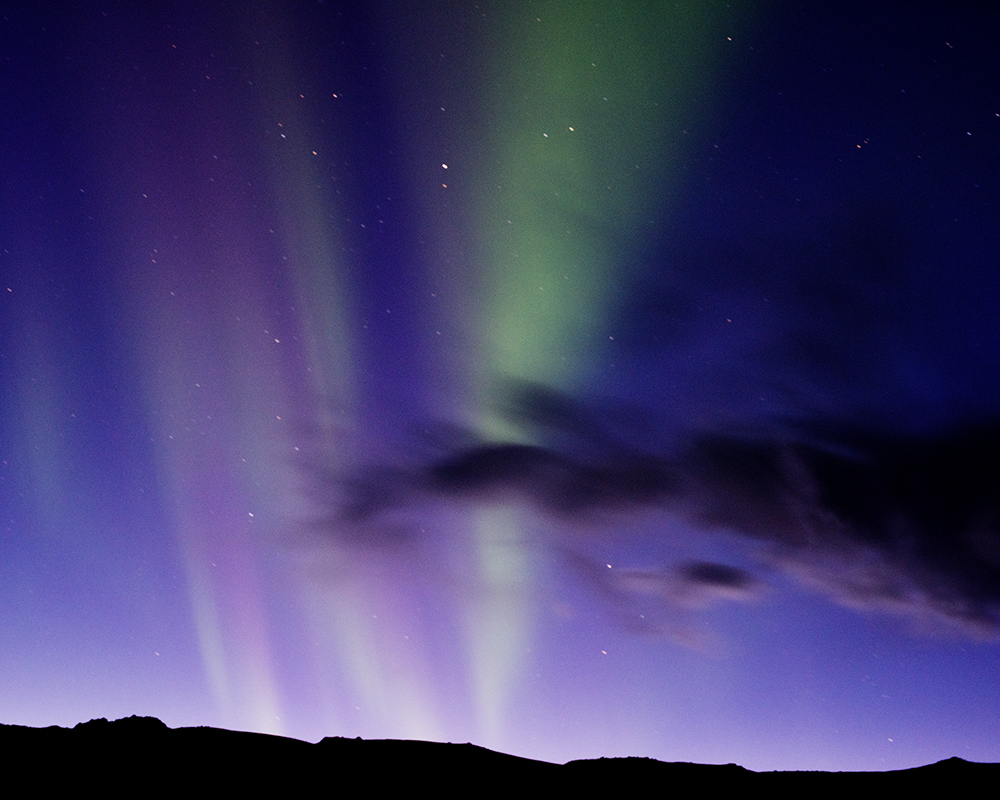
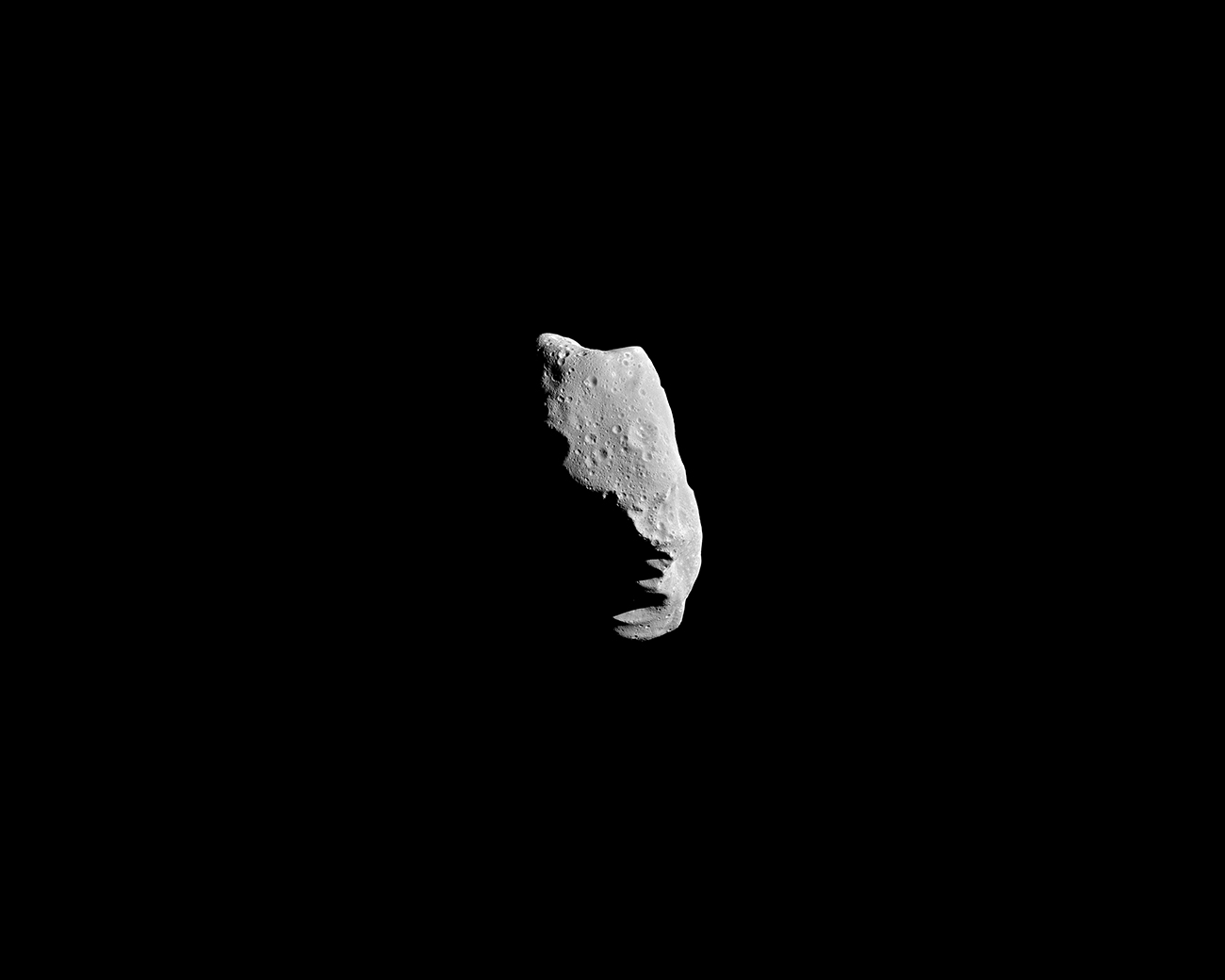
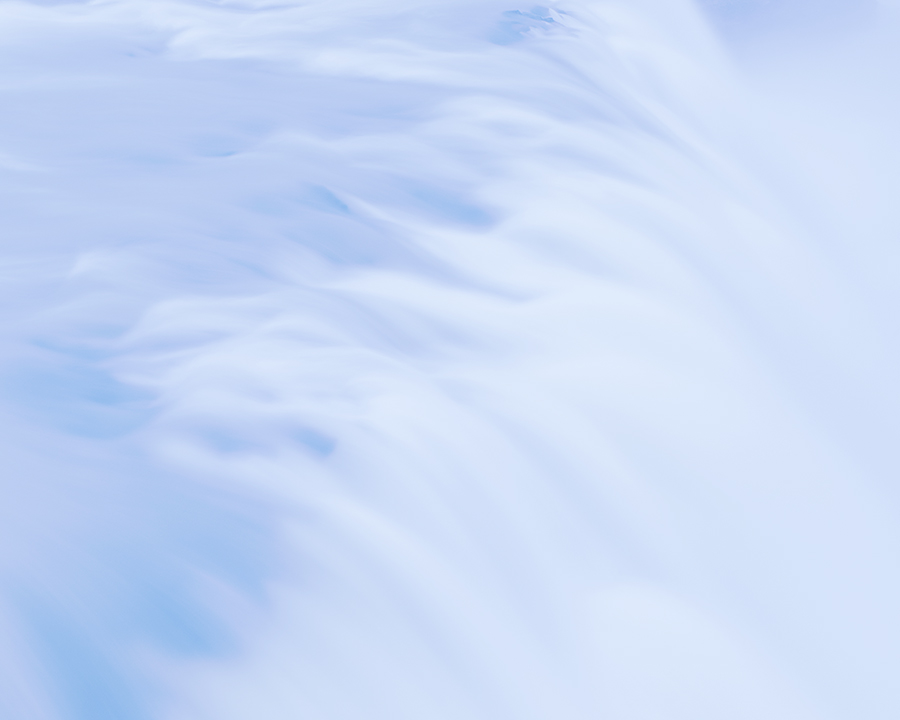

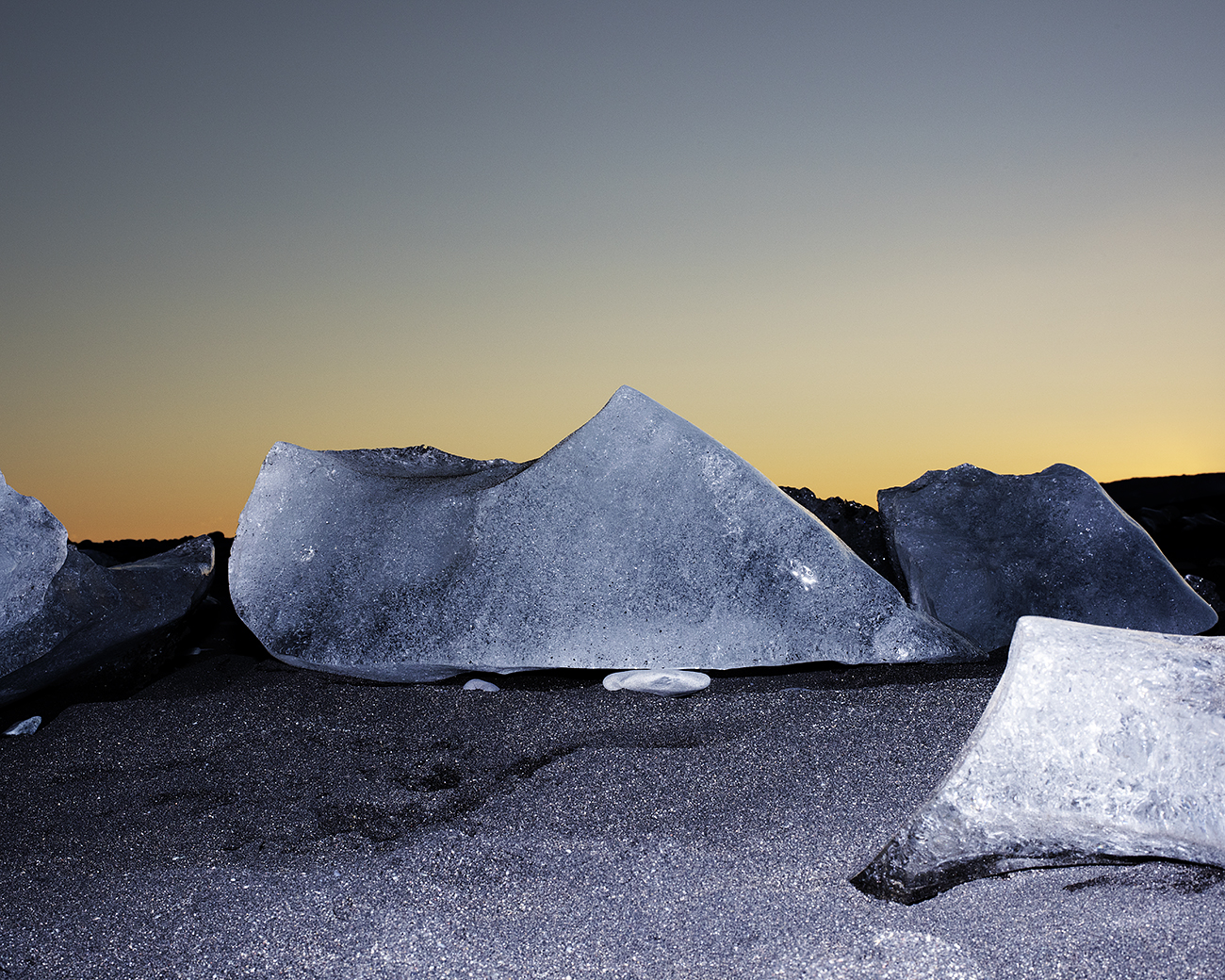
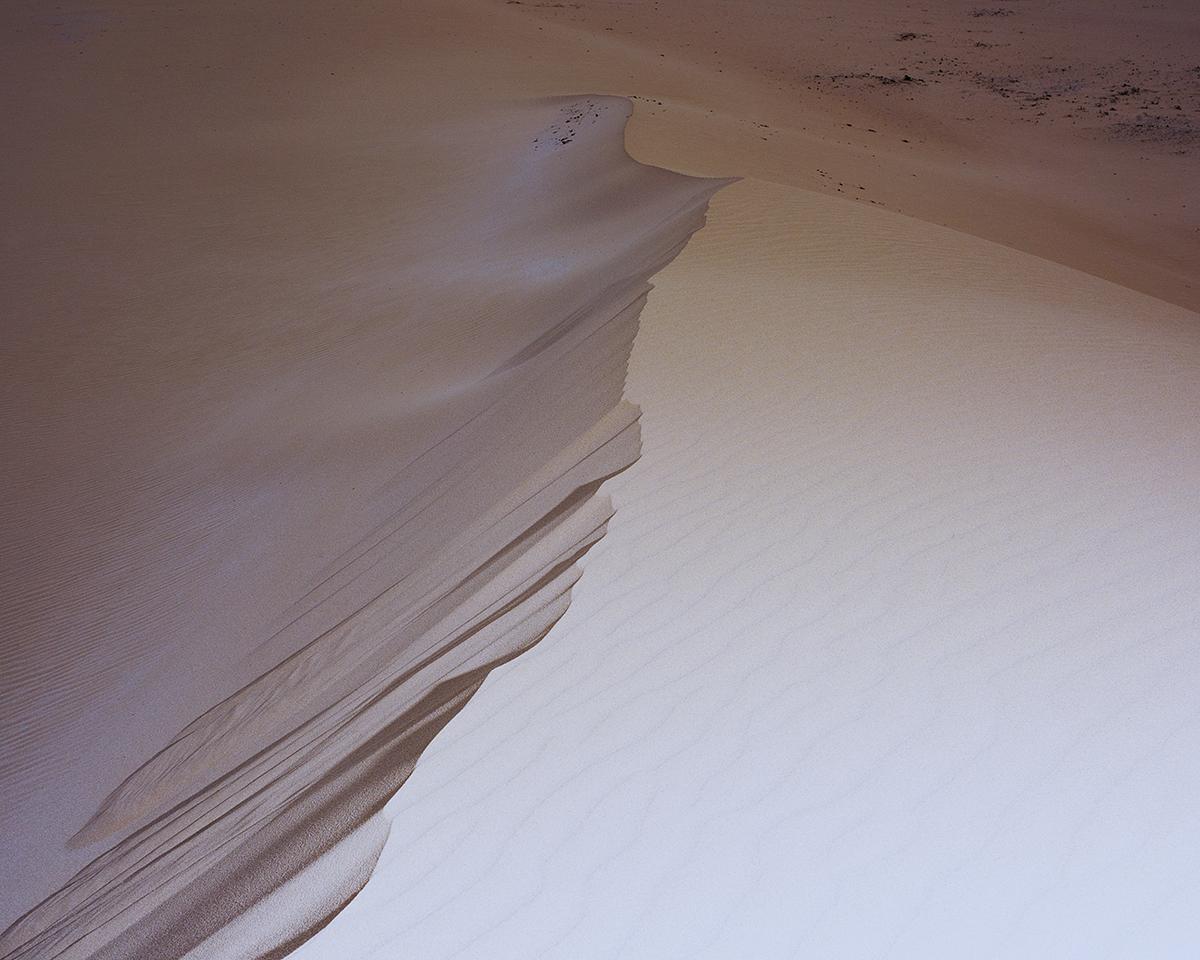
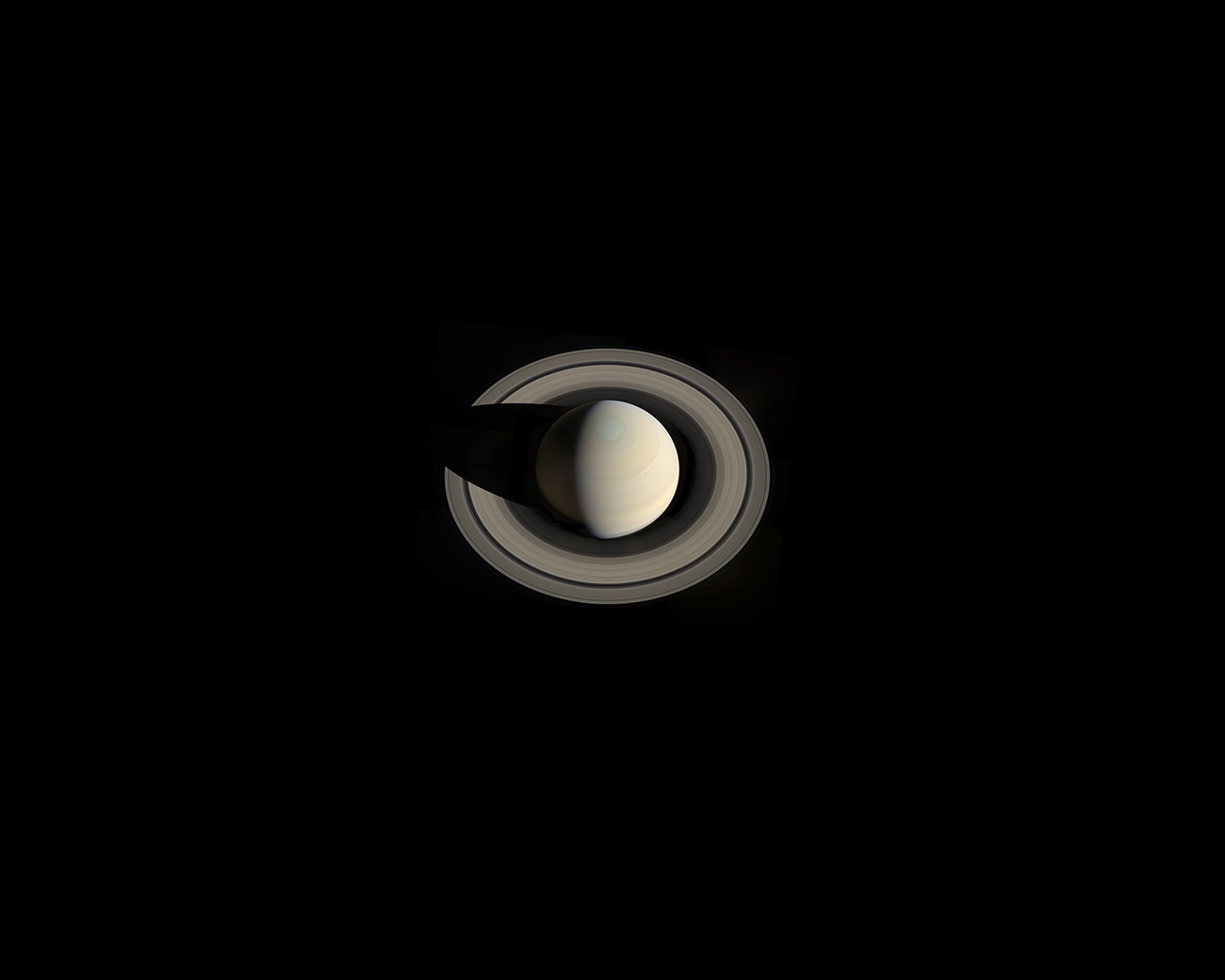
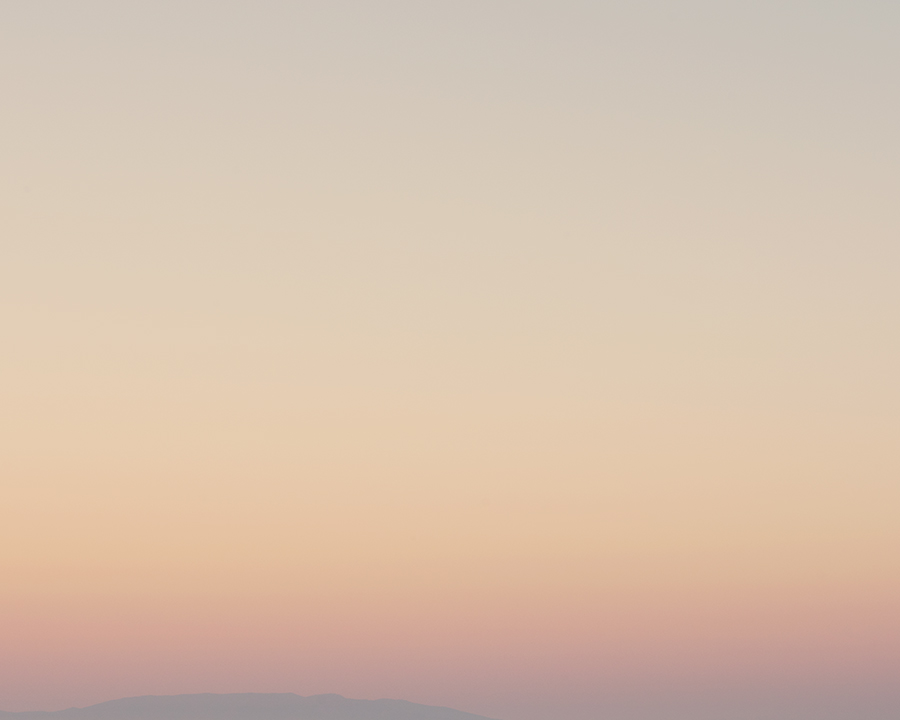
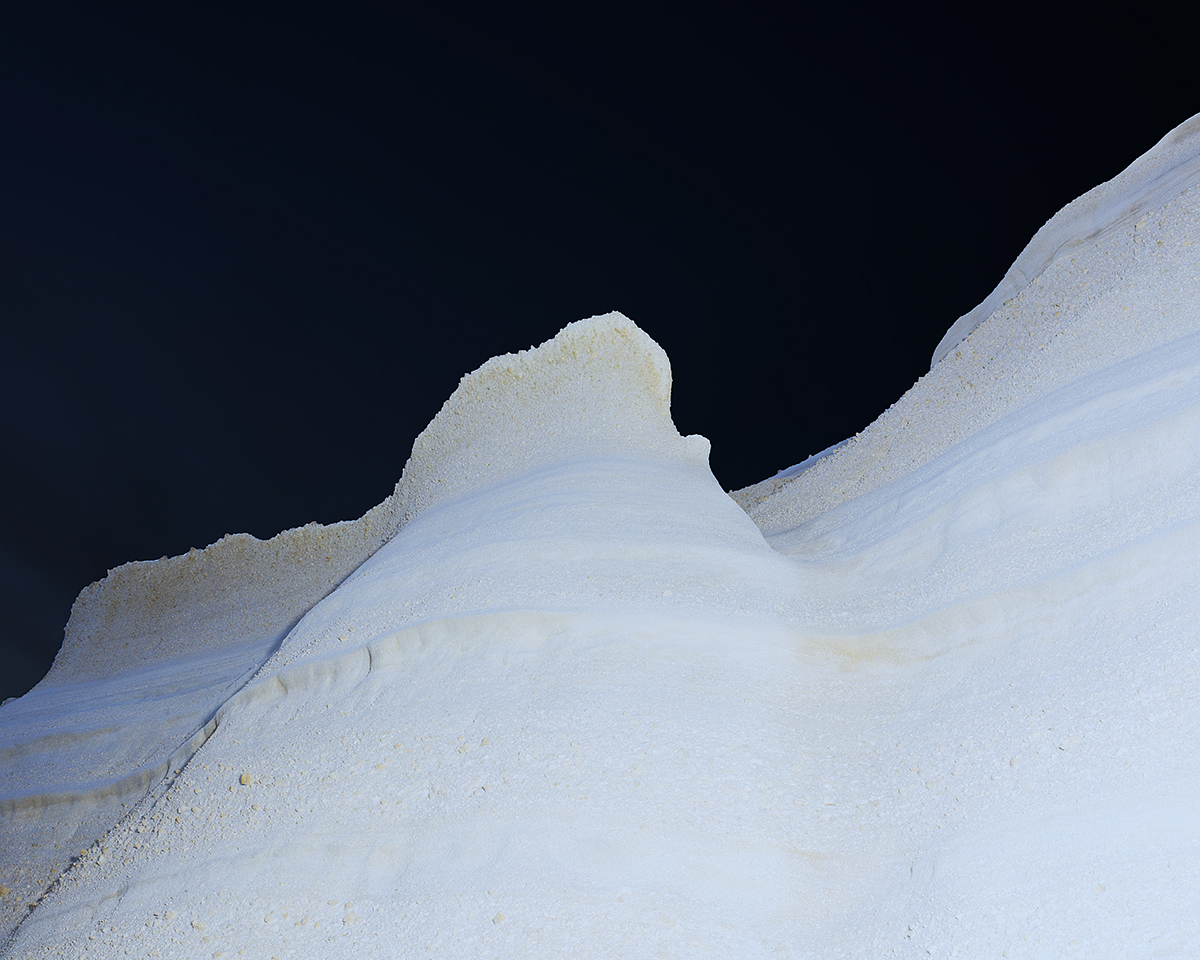
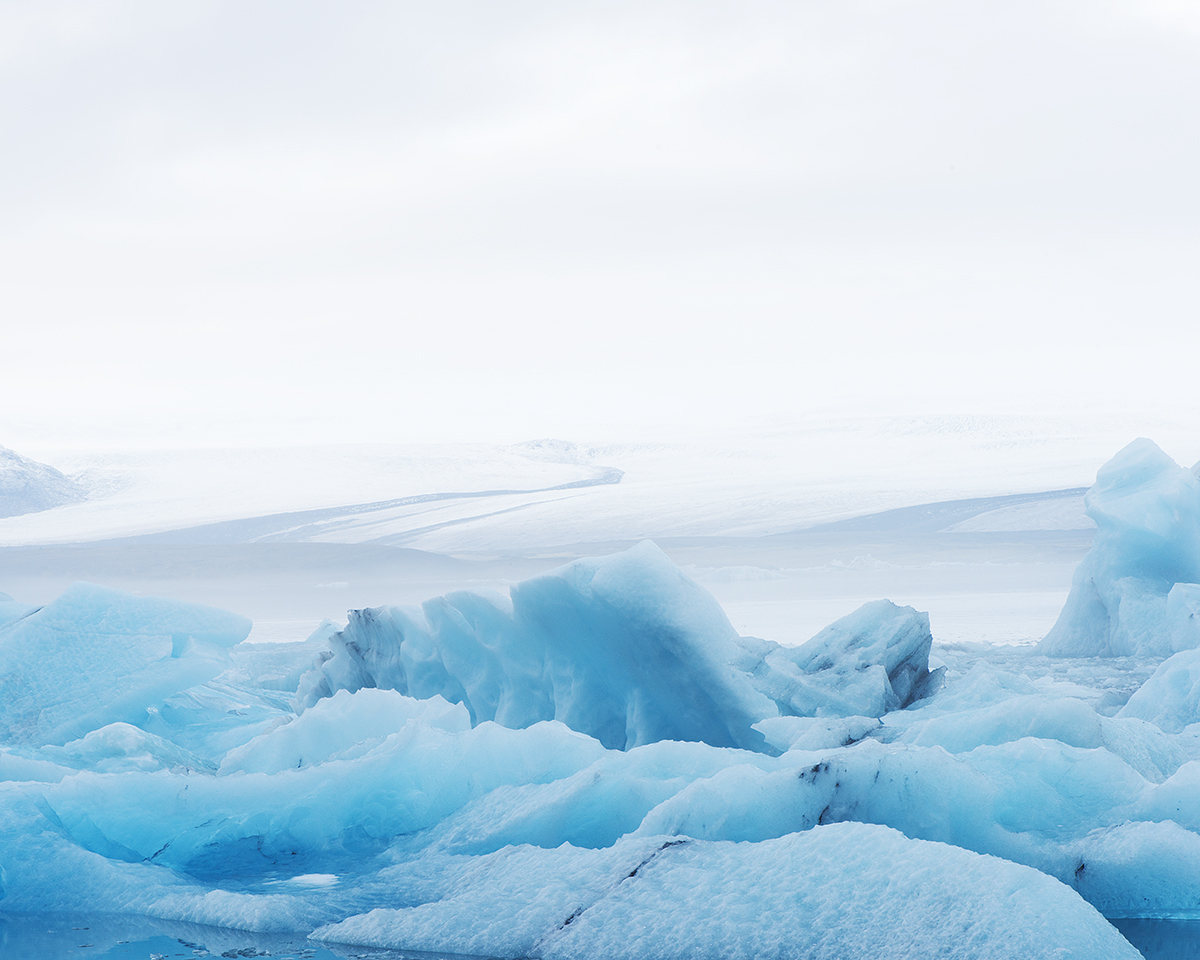
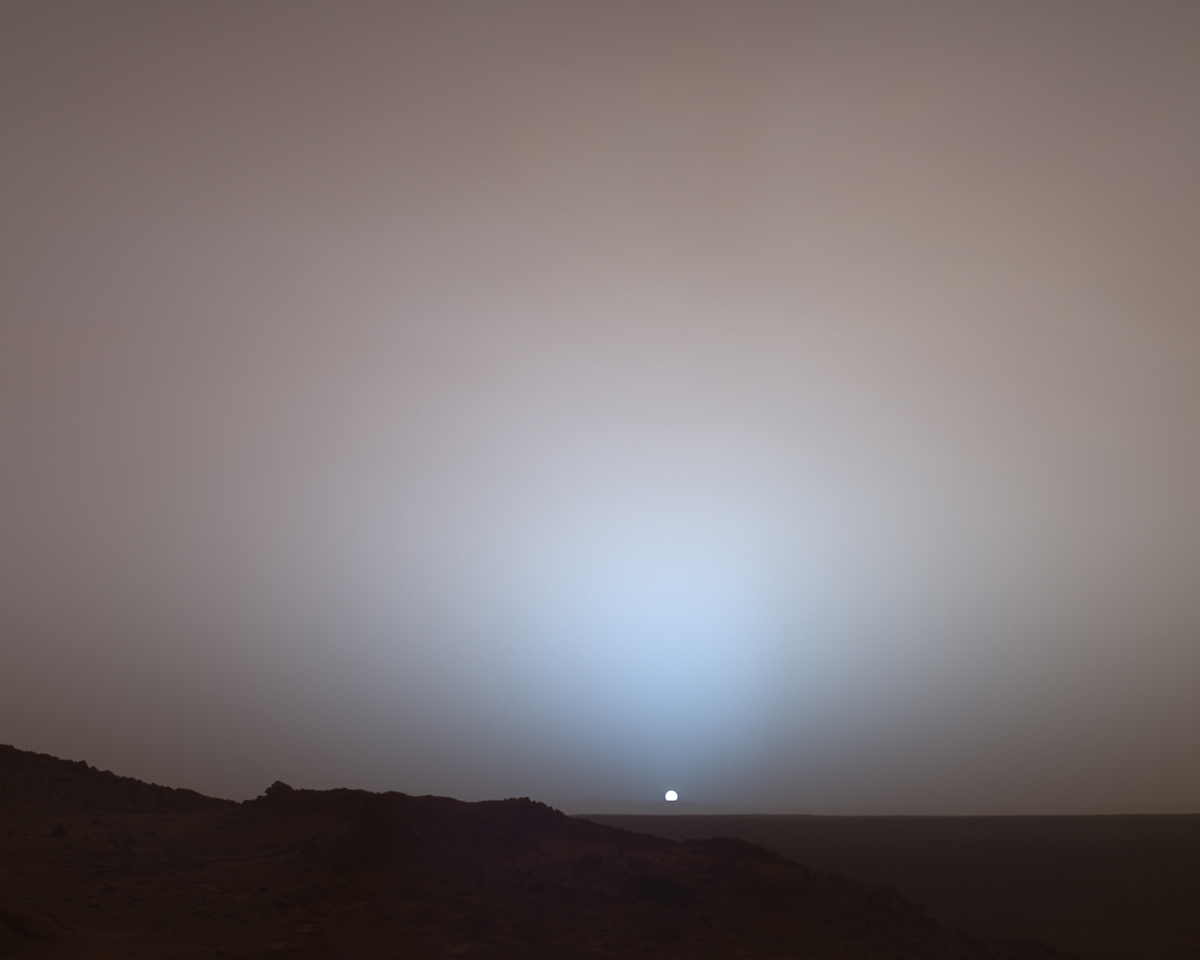
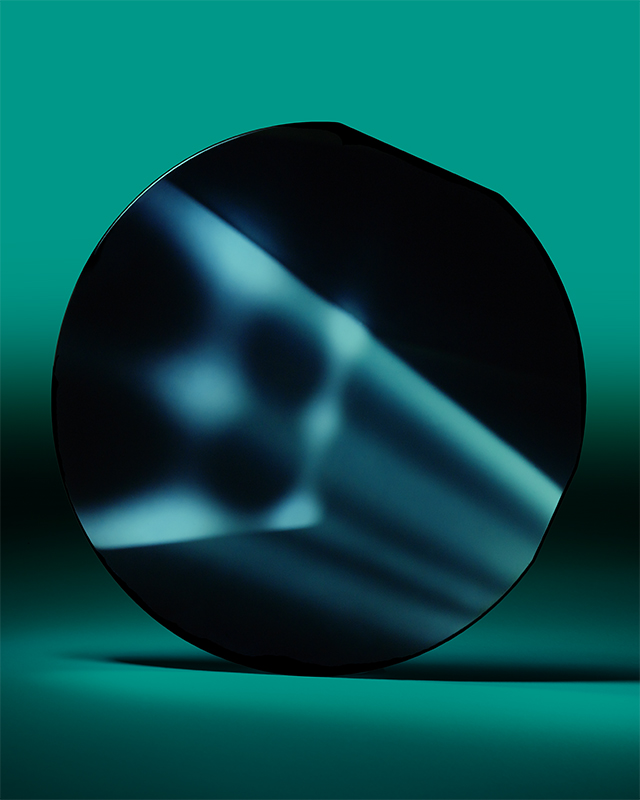

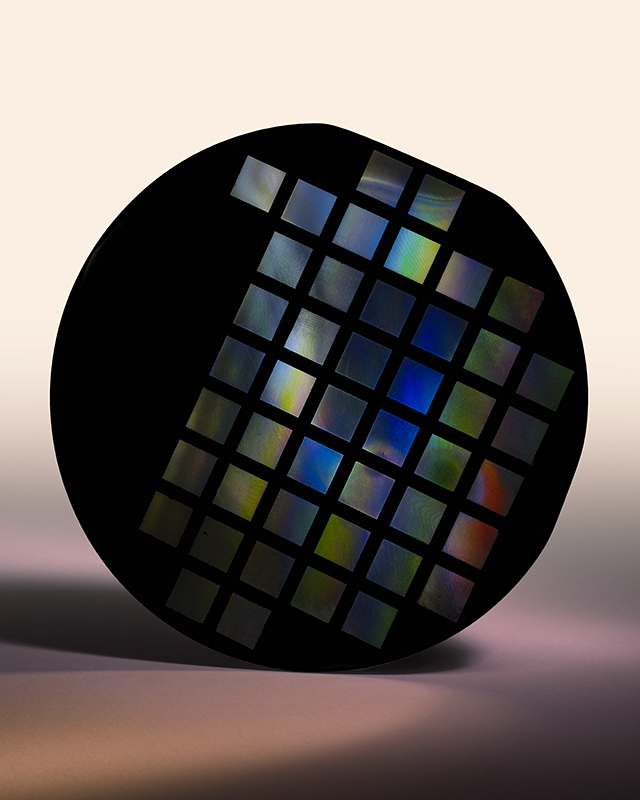
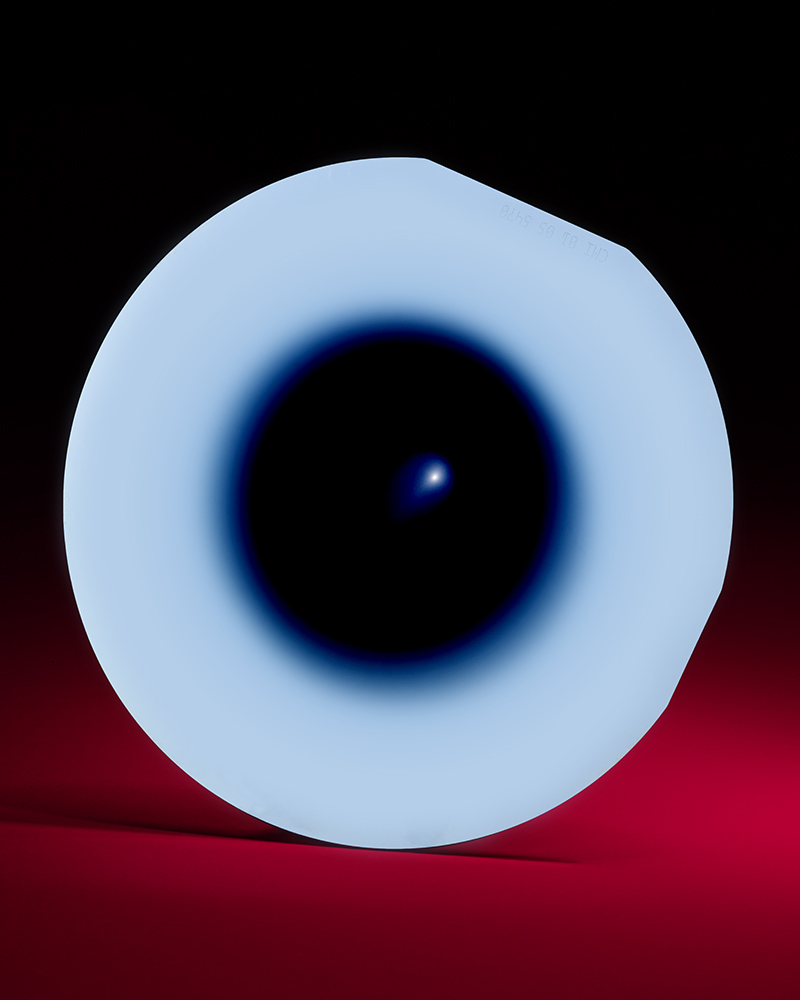

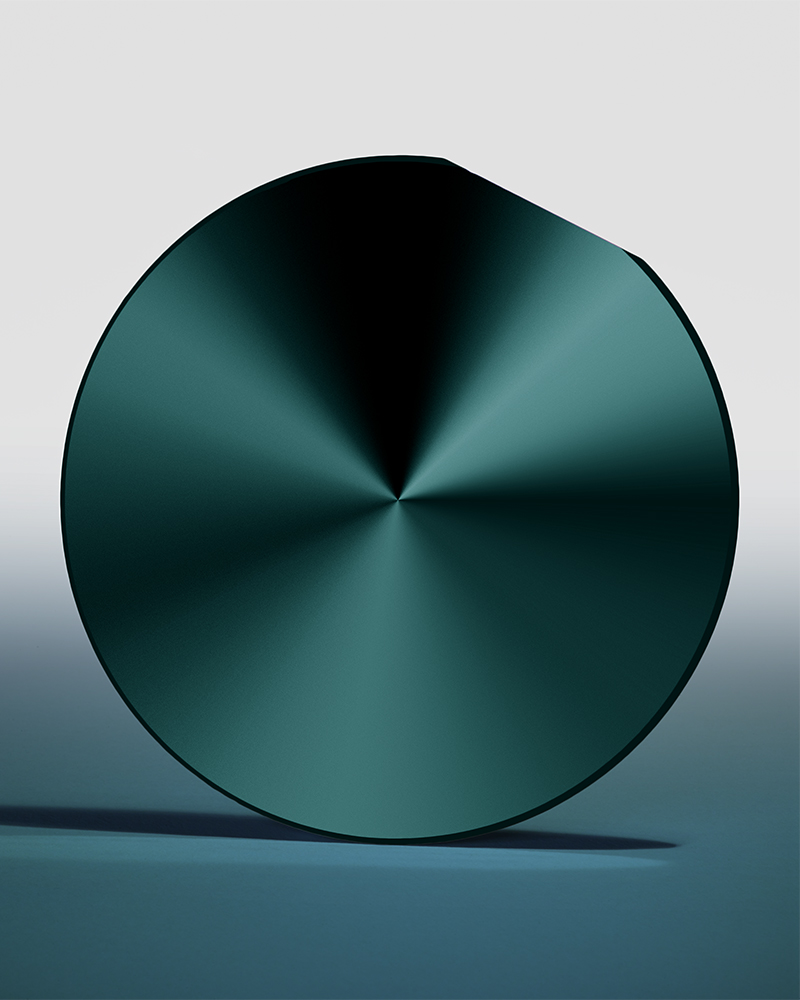
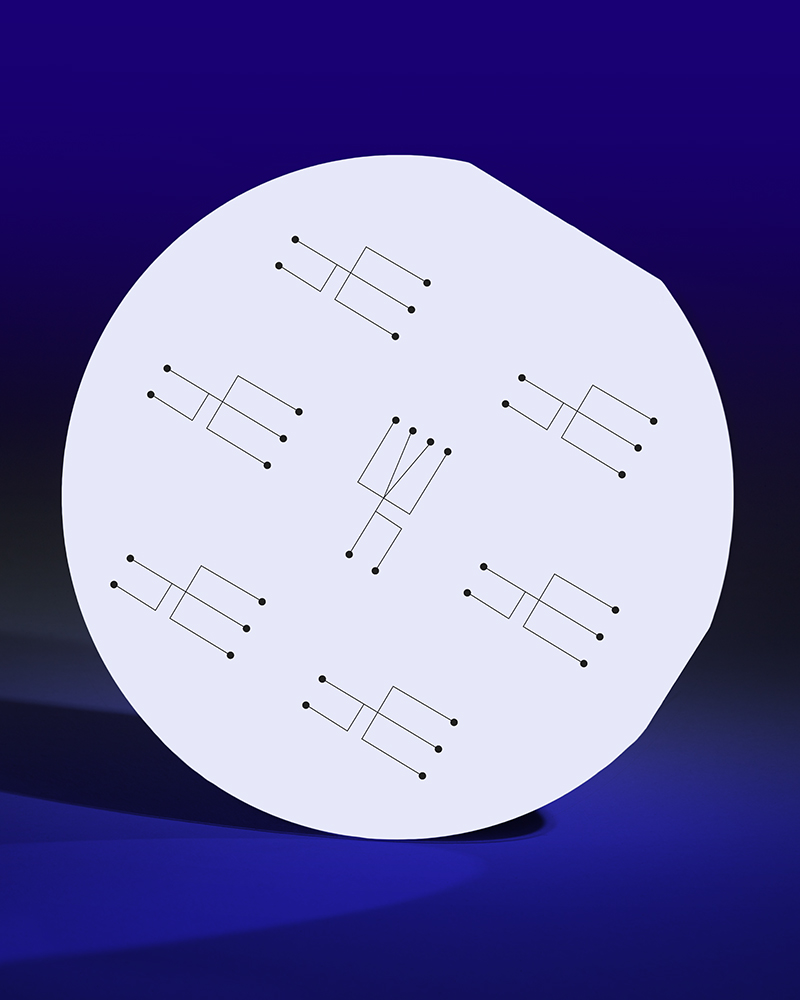
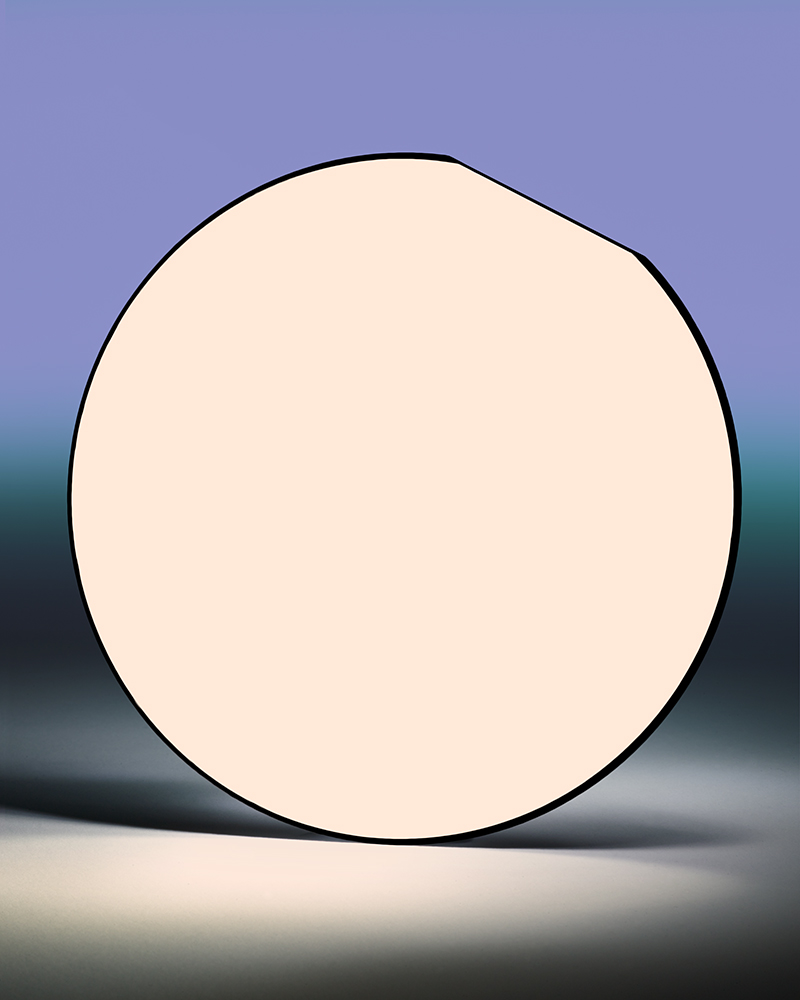
A POINT OF VIEW
«Because at last, what is a man in nature? A nothingness with regard to the infinite,
an everything with regard to the nothingness, a middle between nothing and everything»
Blaise Pascal
A point of view is a research on the movement of the eyes and the image fabrication. At the line between categories and representations, between the infinitely big and the infinitely small, this long exploration is the witness of a situation : the one of our subjectivity facing the world. The collection of images, based on an intuitive and arbitrary free association, creates a dialogue between Science and Abstraction, Nature and Technology and then becomes the target of negotiations between reality and the imagination.
The first part of the project is a work on landscapes. It gathers images that were realized in various volcanic locations. Strongly inspired by the images that NASA rovers collected on Mars, these photographs give to the spectator a first person glance. A playful sensation of freedom from time and space is installed.
The second series was about urban dimension. As part of a travel to Tokyo, Thibault Jouvent decided to work on a vertical experience. Through realizing these ascendent views, he wanted to evoke again the idea of a first person glance. This look is all-knowing, it overlooks the action as well as it is detached from it. It manages to involve an unique observer that is, considering the first person view, the only one to see everything.
The third chapter of the project was the one of the Wafers. These discs serve as shelf for micro-structures manufacturing through photolithography. They are used for research on nanotechnologies, especially in communication. They symbolize the information miniaturization, the internet bubble and the curve of the world. They look like sort of an imaginary cartography, without scale landmarks.
The fourth step was realized in laboratory. It is composed of photographs that were realized with a scanning electron microscope. The topics of these snapshots are excerpts of volcanic stones that he brought back from Etna volcano. Their similarity with great spaces is highlighted.
This project take the form of a inkjet printed book and an installation, added to a video work and an archives collection from the Geneva observatory.
«Car enfin, qu’est-ce que l’homme dans la nature ? un néant à l’égard de l’infini,
un tout à l’égard du néant, un milieu entre rien et tout»
Blaise Pascal
A point of view est une recherche sur le déplacement du regard et la fabrication de l’image. À la frontière des registres et des représentations, entre l’infiniment grand et l’infiniment petit, cette constellation d’images rassemble plusieurs séries photographiques qui témoignent d’une même situation : celle de notre subjectivité face au monde. Fondée sur la libre association, entre Science et Abstraction, Nature et Technologie, cette exploration devient la cible de négociations entre la réalité et l’imaginaire.
Le premier chapitre du projet est un travail sur le paysage. Initié lors d’une ascension de l’Etna, il se compose d’images réalisées sur différents sites volcaniques. Inspirées des vues capturées pas les Rovers sur Mars, ces photographies offrent un point de vue à la première personne. Un sentiment ludique de liberté par rapport au temps et à l’espace s’installe alors.
Le deuxième chapitre traite du paysage urbain. Réalisées lors d’un voyage à Tokyo, ces images tentent de traduire l’expérience verticale. La vue ascensionnelle permet ici d’évoquer à nouveau l’image à la première personne. Omniscient, surplombant l’action et détaché de celle-ci, un observateur unique est impliqué.
Le troisième chapitre est celui des Wafers. Ces disques servent de support à la fabrication de micro-structures à l’échelle du nanomètre et sont utilisés pour la recherche en nanotechnologies, notamment dans la communication. Symboles de la miniaturisation de l’information, ces disques évoquent la bulle internet et l’arrondissement du monde.
Le quatrième chapitre a été réalisé en laboratoire. Des poussières volcaniques collectées lors de l'ascension de l’Etna ont été photographiées au microscope électronique à balayage. Invisibles à l’oeil nu, ces morceaux de roche semblent ici prendre la forme d’un paysage. La référence aux fractales est évoquée.
Ce projet prend la forme d’un livre unique imprimé en jet d’encre et d’une installation photographique, complétée par un travail vidéo et une collection d’archives de l’observatoire de Genève.

